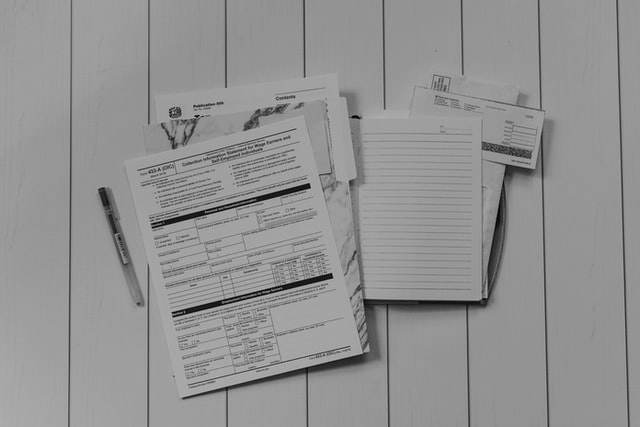Tips for managing client documentation to save time and sanity

This broker advice article covers best practices for mortgage brokers to effectively gather documents from their clients for mortgage approval. Correctly managing documents is one of the best ways to streamline closing a mortgage deal. You can save time (and headaches) by helping your clients put together their package of documents.
What documents are needed to apply for a mortgage?
There are several types of documents you’ll need to collect and send on to the underwriter:
- Employment and income documents, such as employer letter, pay stubs, and proof of no taxes owing
- Personal financial documents, such as bank account information and a list of assets and liabilities
- Down payment documents, such as a gift letter and Home Buyer’s Plan information
- Property documents, such as purchase and sale agreements, legal address and description, and well and septic certificates for rural properties
- Documents to refinance a mortgage, such as the appraisal and insurance
If your client is self-employed or has a less traditional source of income, there are other documents that will prove useful in putting together a deal. For example:
- A self-employed client may need to provide company financials.
- A client with other non-traditional sources of income, such as investment properties, spousal support or government benefits, will need to provide additional paperwork.
- A client with a low credit score may need to provide documents related to a bankruptcy or consumer proposal.
Create a mortgage document checklist
The easiest way to ensure you are gathering everything you need is to create a list. You can create a standard list and check off anything that applies to your specific client.
Divide the list into sections to help keep information organized. For example, categories could include employment, income, company financials, down payment, property, and credit history.
Provide your client with a firm date to supply all the items provided on their itemized checklist.
Use a file management system to collect documents
Email is not always the most secure way to collect sensitive information from your clients. So how do you collect information in an increasingly online world?
One option to consider is a file sharing solution. This will help to keep your client’s information secure when they provide it to you. There are dozens of file share applications out there. Dropbox, Google Drive, Microsoft OneDrive, and Onehub are a few well-known file sharing sites.
Think about what you want to accomplish and choose the solution that is right for you.
What to look for in a file-sharing solution
Ease of use – If you’re going to ask clients to submit their documentation digitally, choose a platform that makes it easy for them to upload their files.
Security – Whichever solution you use, make sure it is secure. Financial records contain a lot of personal information that could be used to commit fraud if they fall into the wrong hands. For example, some file-sharing applications offer multifactor authentication options for business plans.
Storage – Over time, digital files can take up a lot of space. Will your file-sharing site be a temporary location for documents or a long-term storage solution?
Cost – Some solutions are free for a small amount of data and charge you to store larger amounts. Others are geared toward business and charge based on the number of services you require.
File size – Do these documents contain large file sizes? Some solutions restrict the size of files that can be uploaded.
Collaboration – In addition to sharing files, will you need other collaboration tools, such as approval workflows and version control.
Data storage location – is the data stored in Canada. Some clients are uncomfortable with their financial information being stored outside of Canada.
Read also: Piles to Paperless: Portable & Phone Scanner App Options
Three ways to use document management to develop successful underwriter relationships
It’s in your best interest to develop strong working relationships with underwriters. It’s great when they know they can count on you to be efficient, which helps the deal go more smoothly.
- Submit all documents in one complete package to maximize efficiency. It takes more time to submit documents one at a time. Ideally, you would submit all the documents as a single package, but if you can’t, send a few together as a bundle so your underwriter is not managing it piece by piece.
- Respond to any requests for information promptly. This helps ensure documents don’t get forgotten and it helps you build a stronger relationship with your underwriter.
- Don’t wait until the last minute to submit all your documents, as it is more stressful to sort out any issues or locate missing documents, and it could mean the deal isn’t finalized on time. The earlier the better in most cases.
If you have any questions about the documents required from your clients and how to manage those documents feel free to reach out to one of the helpful underwriters at Bridgewater Bank.









